As Tom Steyer Enters 2020 Race, Climate Activists Shrug: ‘I Really Don’t Get It, Man’
Billionaire activist Tom Steyer announced his candidacy for the 2020 Democratic presidential nomination on Tuesday, promising a populist campaign that harnesses his years of work fighting the fossil fuel industry and advocating for climate action.
Yet his decision to enter the race ― after first announcing he wouldn’t ― has garnered more skepticism than excitement. Even as the climate crisis is expected to play a major role in the presidential contest for arguably the first time, climate activists questioned the theory of his candidacy.
There’s already a pair of top-tier populists in Sens. Bernie Sanders (I-Vt.) and Elizabeth Warren (D-Mass.). There’s already Washington Gov. Jay Inslee (D), an experienced politician running on the most comprehensive climate policy platform ever put forward. Venture capitalist Andrew Yang already plays the part of the wealthy businessman with provocative ideas. Older, straight, white men make up 13 of the 24 candidates.
“I really don’t get it, man,” said a top climate policy researcher in California who requested anonymity because Steyer “has a lot of money” that is used to support climate work around the country.

In 2013, Steyer founded NextGen America as an environmental advocacy group and political action committee, though the organization broadened its scope in recent years to focus on turning out young voters for progressive causes. The 62-year-old donates generously to Democratic candidates. He poured millions into a high-profile campaign to impeach President Donald Trump.
“I wish he weren’t doing it,” said a prominent activist, who also asked for anonymity for fear of souring a relationship with one of the movement’s top funders. “There was always that question in the back of everybody’s minds of whether he’s driven by ego and whether he’s all out for him, or whether he’s trying to build a movement. This answers the question clearly.”
Bill McKibben, the writer and 350.org founder who wooed Steyer to the climate movement nearly a decade ago, didn’t respond to emails and Twitter messages requesting comment. Other 350.org officials declined to comment on Steyer’s candidacy. So did Democratic strategist Henry Waxman, the former California congressman who led the charge on the last major climate bill.
“It’s hard to make the case for a billionaire running for president in this day and age,” said Julian Brave NoiseCat, the Green New Deal strategist at the left-leaning think tank Data for Progress (and a past HuffPost contributor). “Especially this late in the game, and especially when we were all under the impression he was not running.”
Steyer said during a January trip to Iowa that he wouldn’t run for president, instead maintaining his focus on his impeachment effort. In private, he feted Warren’s rhetoric on economic inequality and was excited about Inslee’s climate-centered campaign. But, according to The Atlantic, Steyer grew frustrated with Inslee’s failure to take off as the governor’s polling stayed stuck at 1%.
It’s a sentiment activists echoed, with some expressing disappointment that Inslee didn’t seize the first round of televised primary debates with the sort of righteous clarion call on climate that Sen. Kamala Harris (D-Calif.) issued on race during her star appearance the second night.
“Steyer has a better chance at becoming president than Inslee,” said Taren Stinebrickner-Kauffman, founder of the climate advocacy group SumOfUs.
“I love Warren,” she added. “Her heart and head are in the right place on climate policy. But I fear that she won’t prioritize it in her first term, and that is a disaster for the country and the world.”
The Steyer campaign did not respond to interview requests on Thursday. In an emailed statement after this story published, Steyer did not respond to activists’ criticism but vowed to center his campaign on climate change.
“Seven years ago, I left my job to devote my time to fight for progressive causes and reverse the damage that fossil fuels have caused our planet,” he said Friday. “Any candidate who seeks our nation’s highest office must treat climate change as what it is: an urgent and existential threat.”
At a moment when carbon dioxide in the atmosphere is at levels unseen in 800,000 years, metropolises of 8 million people are running out of water and flooding is set to break new records in the United States, it’s impossible to have too many climate candidates, activists said.
“Steyer’s entry into the presidential race is likely to lead to more discussion of climate change in the presidential election,” said Michael Mann, a climate scientist at Penn State University. “That can’t be a bad thing.”
“The more attention put on this the better,” said Stephen O’Hanlon, spokesman for Sunrise Movement, the youth-led group that propelled the Green New Deal into mainstream politics with its protests last year.
Greenpeace USA offered a similar take. “We welcome more discussion about climate change as part of the presidential race,” said senior climate campaigner Jack Shapiro.
Still, some wondered whether the money would be better spent on other races. R.L. Miller, president of the political action committee Climate Hawks Vote, said the “single best thing” Steyer could do is devote himself to working to flip the Senate, which she called a “steeper and narrower” path for Democrats than retaking the White House.
“He’s trying to set himself up as an outsider, which is true in that he’s never held elected office, but he’s been very much in the center of Democratic Party politics for a long time,” Miller said. That, she said, is a space he could own by trying to replace climate-denying senators with Democrats who will vote for Green New Deal-style policies. “I’d call him an unelected insider.”
This story was updated to include a statement from Steyer.
Related Coverage
Democrats Spent Less Than 10 Minutes Talking About Climate Change At First 2020 Debate
This Is Why We Need A Climate Debate
Unionization Fight Looms Over Tom Steyer's 2020 Announcement
Also on HuffPost
Love HuffPost? Become a founding member of HuffPost Plus today.
1st Prize Winner: Fog in Germany by SkyPro
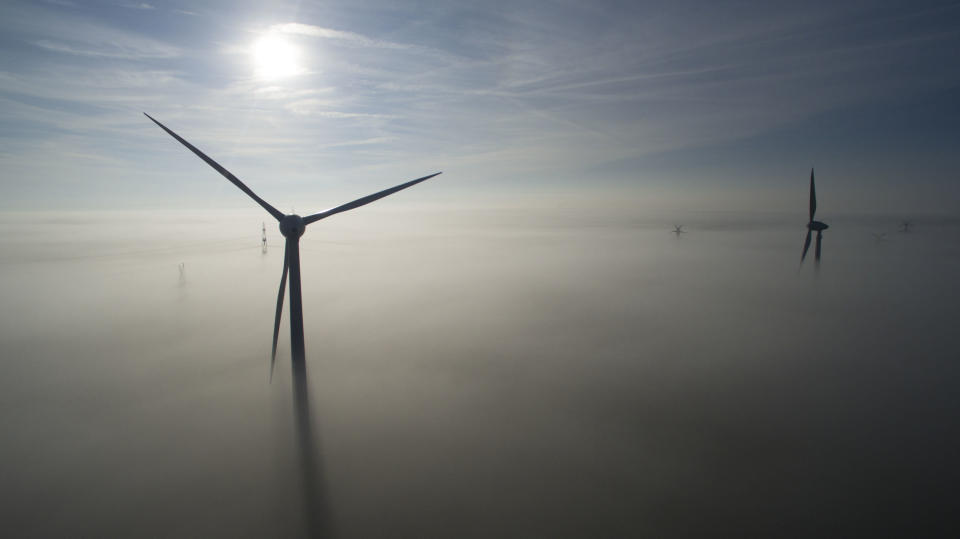
2nd Prize Winner: Church of Paracatu by Alexandre Salem
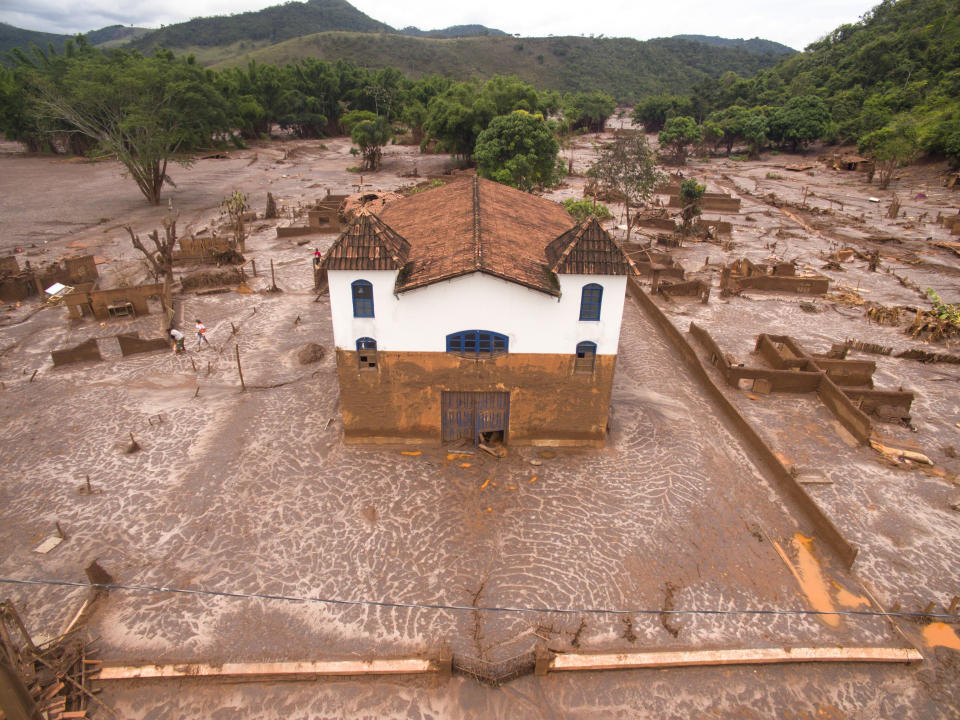
3rd Prize winner: Palangkaraya, Central Kalimantan, Indonesia by Yuyusera
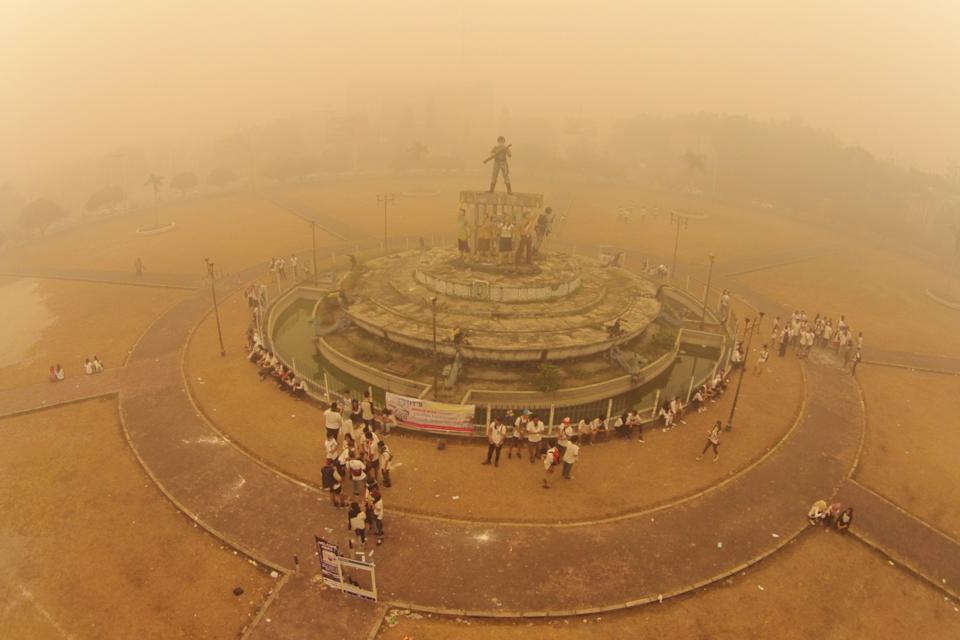
4th Prize Winner: Wind Power near Berlin by King-Fisher
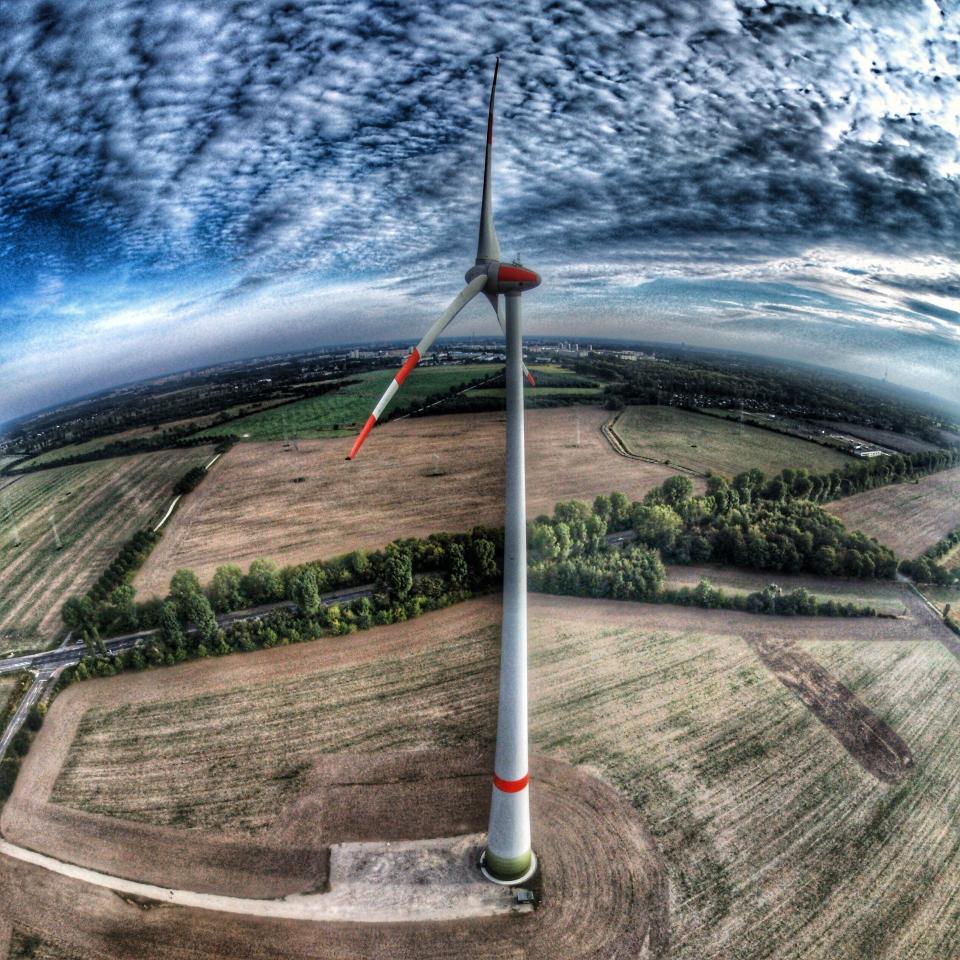
5th Prize Winner: Energy Active Office Building, Genk, Belgium by Drone-Partner
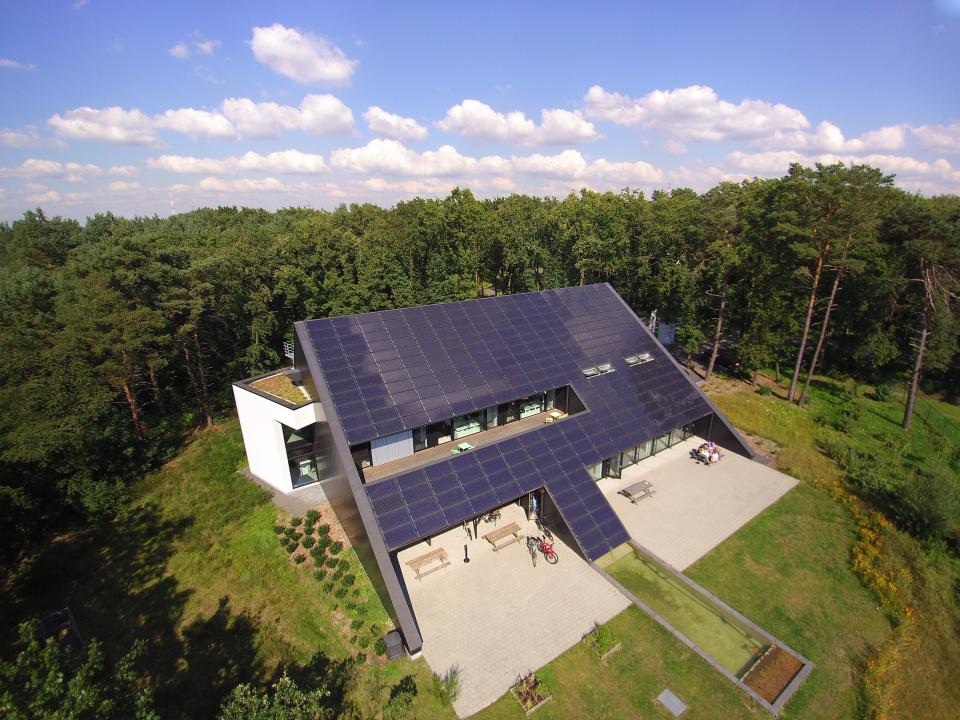
6th Prize Winner: Holbury, New Forest, UK by Mark Baker
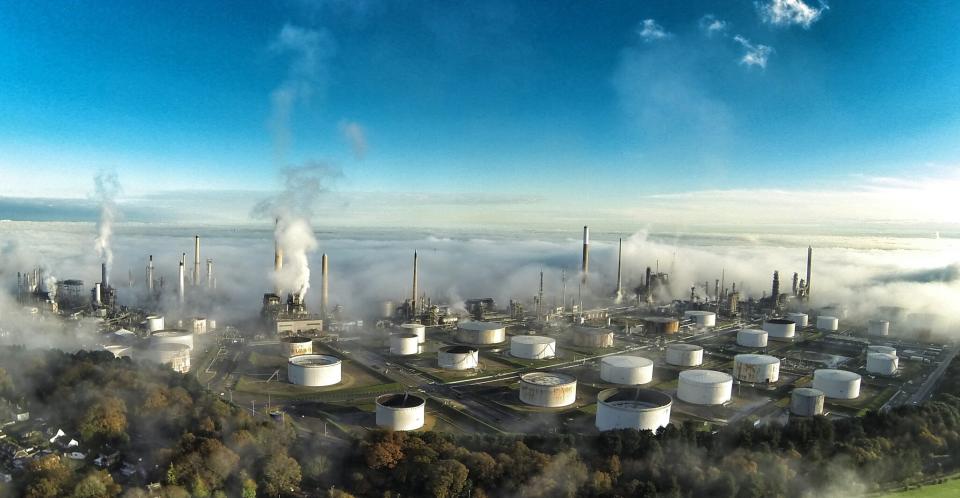
7th Prize Winner: Tiny island in the lake of Galvė by Karolis Janulis
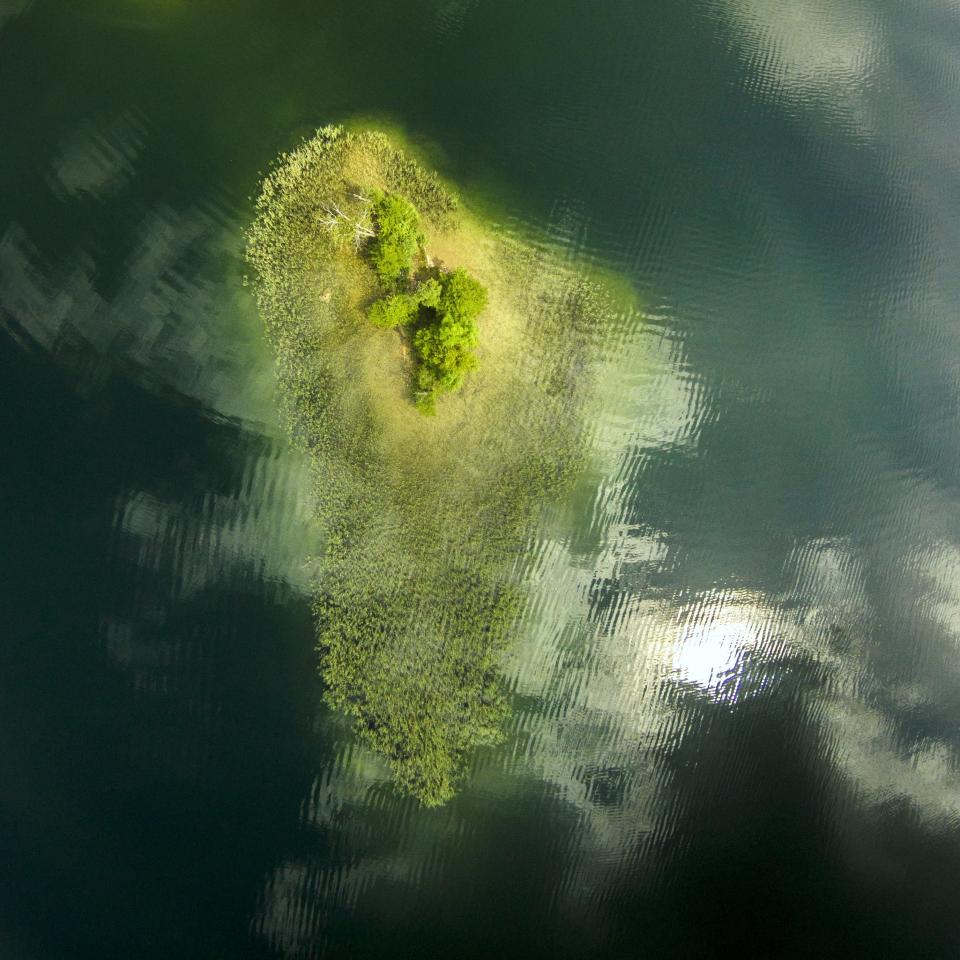
8th Prize Winner: High Tide in La Jolla, California by Kevin Dilliard
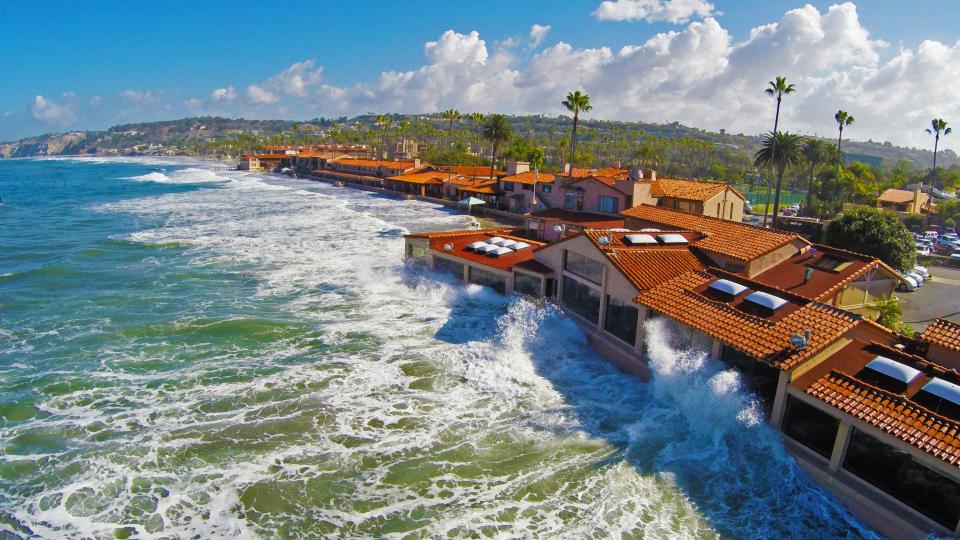
9th Prize Winner: Dhaka, Bangladesh by Zayedh
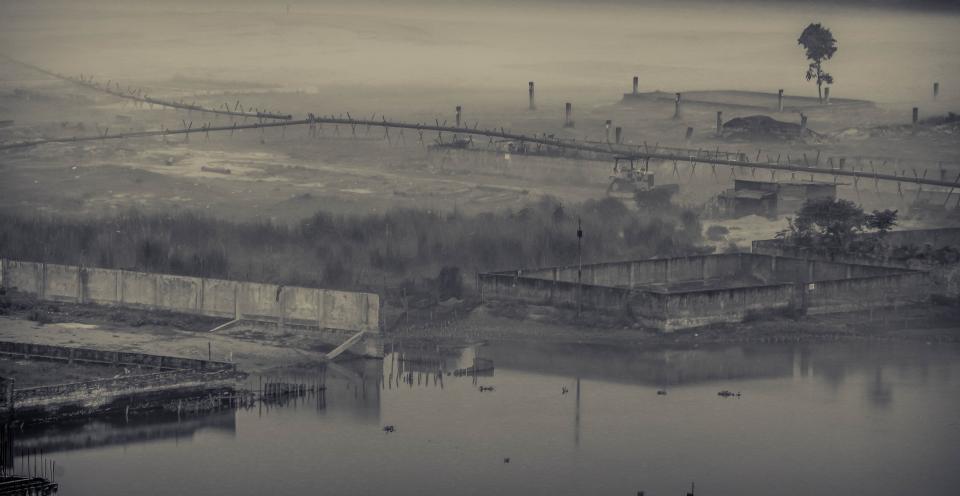
10th Prize Winner: Paracatu Cemiterio by Alexandre Salem
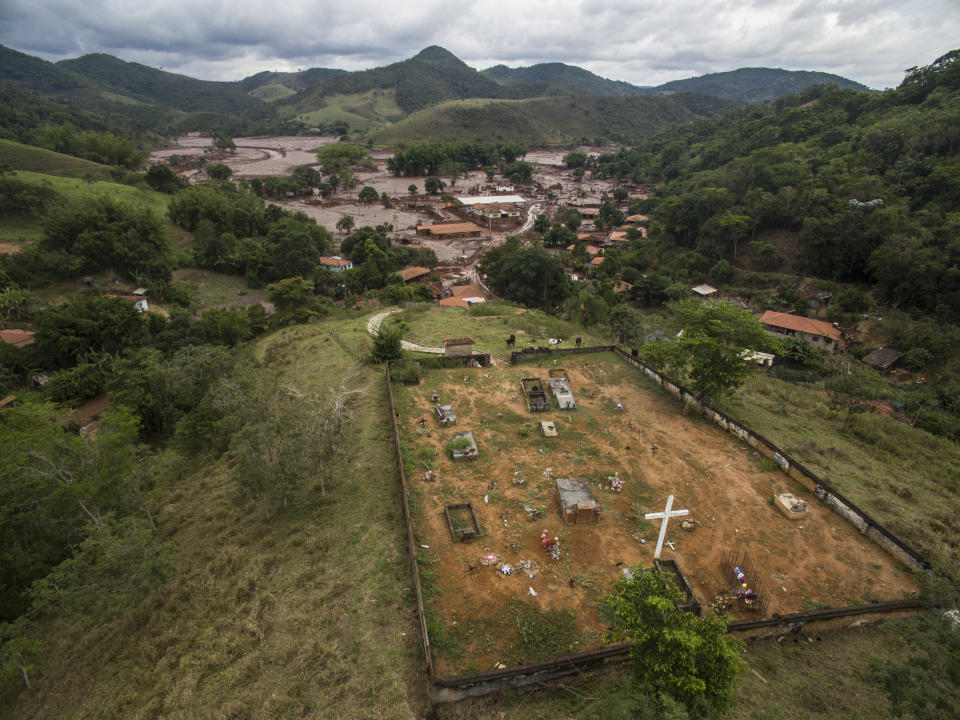
This article originally appeared on HuffPost.

